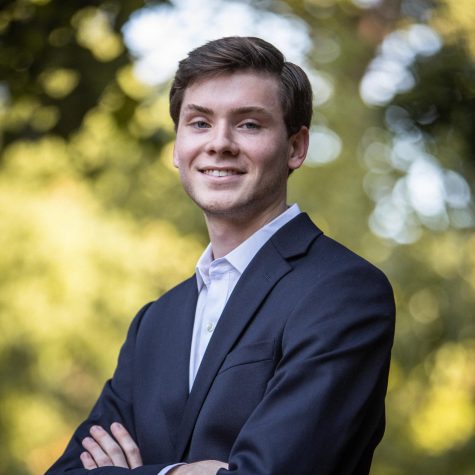Last week, Democratic presidential candidate Pete Buttigieg announced his affordable education plan which falls firmly between Biden and Warren on the spectrum of recently announced higher education proposals. According to the plan, students from families making between $100K to $150K annually will receive lowered tuition at all public universities and families below $100K will receive free tuition. These income ranges are what Buttigieg considers the American middle and lower classes, respectively.
While this is a very targeted approach, it seems as though Buttigieg’s commitment to riding the sweet spot between his fellow candidates is hindering his ability to draft effective policy proposals. In simple terms, trying to please both moderates and liberals is easier on paper than in practice.
The primary issues with Buttigieg’s plan as articulated by The Washington Post, is that while the $100K cutoff sounds nice in principle, it’s a wildly arbitrary calculation. A family earning less than this number in an urban area is very different from that in a rural area. This is like equating a single parent raising one child in a Texas suburb on a salary of $90K to two parents with four children in the heart of Manhattan living on the same amount. It’s like comparing apples and oranges.
Going deeper, a student’s socio-economic status runs far beyond the superficiality of household income. Many institutions try and calculate a student’s “adversity score,” which is the summation of several different criteria. Notably, the SAT is allegedly planning to calculate an adversity rating for their test takers to provide colleges with an accurate picture of the students’ background. According to CollegeBoard, this score will be computed by looking at “family income, poverty, housing, educational attainment, employment, crime and the probability of college enrollment.”
Thus, taking a more holistic approach to viewing how disadvantaged a student is will mean more to a student’s ability to afford college than a blanket metric.
Many questions need to be asked in order to help those who will most benefit from monetary assistance. Are they from a one parent or two parent household? How many children are in the family? What kind of neighborhood do they live in?
Comparatively, Bernie Sanders and Elizabeth Warren have much more extreme debt plans. Bernie Sanders’ binary proposal titled the “College for All Act” hopes to make all public universities and colleges for all students tuition free. He even plans to cancel all $1.6 trillion of existing student debt. More nuanced, Warren hopes to create tiers of college students based on income similar to Buttigieg for cancelling existing debt. However, like Sanders, she believes in free higher education for all.
Meanwhile, Biden plans to devote $750 billion dollars to alleviating student debt. By contrast, Buttigieg’s plan allots just $500 billion. However, Biden’s proposal doesn’t include free higher education, but instead includes a free two years of community college. It also says that all individuals making below $25,000 owe nothing in student loans, while individuals above this benchmark will only pay 5% of their income annually. After 20 years, all debt will be cancelled regardless of how much has been satisfied.
Unfortunately, none of these plans are sufficient. While Buttigieg’s proposal is arbitrary and vague, it allows students from families who are perfectly able to pay tuition at public universities to do so. Meanwhile, Sanders and Warren, who hope to narrow the income gap through making college free from taxing the wealthy, still enable wealthy students to attend college for free. Additionally, Biden’s plan, although something as opposed to nothing, fails to narrow the gap as well because some individuals will still be saddled with debt for up to the first 20 years of their life. Therefore, Mayor Pete’s plan, if fine-tuned to accurately pinpoint who needs help with tuition could work most effectively. His plan is, in a sense, similar to his proposal for healthcare: it’s free for those who need it.
If Buttigieg were to effectively develop a method of determining who would be most benefited by free higher education, this plan could have real merit. When applying to college, students could answer in depth questions with a multitude of criteria, such as family make up, educational history, location, crime, race, in addition to income. This would establish a way to most efficiently allocate money to those who need it. Since this money is being raised by taxing extreme wealth brackets, there is a great need to actually place the dollars where there is a genuine need as opposed to making a one-size-fits-all policy.
Overall, Buttigieg’s plan has the right intention but lacks a substantive delineation of who it aims to help. There needs to be a more useful metric of identifying candidates for free tuition, or else this proposal is merely a flashy statement to attract moderate voters. While Buttigieg’s plan fails in this regard, his plan is indeed more effective in narrowing the wage gap in America than the other candidates. After all, this is the ultimate goal of providing a universal option to higher education. Therefore, if Buttigieg can create a useful metric for evaluating a student’s need for gratuitous tuition, this is the most beneficial student debt plan in the Democratic field.






